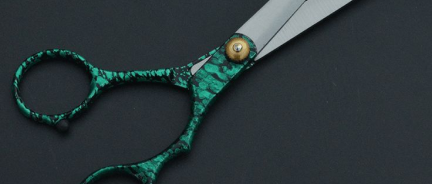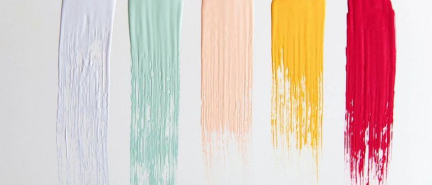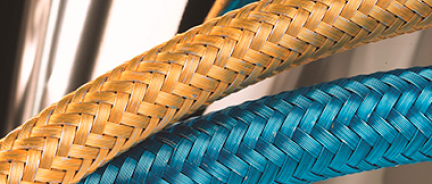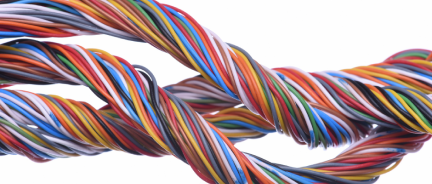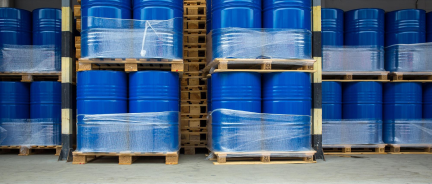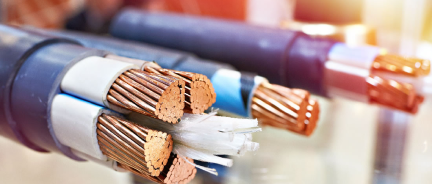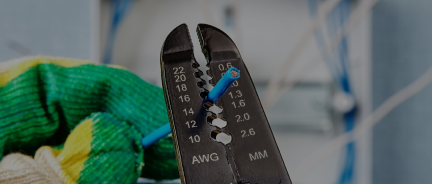Complete Wire Ampacity Chart
The complete ampacity chart is your go-to reference for determining how much current a conductor can safely carry based on its material (copper or aluminium), insulation type, and environmental conditions. It includes
Wire ampacity chart shows different current ratings for the same conductor size, based on insulation temperature ratings of 60°C, 75°C, and 90°C. These are not just alternate options. They represent real physical and regulatory limits based on the wire’s insulation, the temperature rating of terminal devices, and the installation conditions (like conduit fill and ambient temperature).
This chart is based on NEC Table 310.16, which assumes:
-
Voltage up to 2000V – most residential, commercial, and light industrial systems fall under this threshold.
-
No more than 3 current-carrying conductors in a cable or raceway. More than 3 conductors increase heat buildup and require ampacity derating. Most common applications have up to 3 current-carrying conductors.
-
Ambient temperature of 30°C (86°F) – the NEC standard baseline. Higher temperatures require adjustment factors.

If your jobsite doesn’t match those conditions (e.g., hot attic, conduit with 9 wires), you must apply correction and adjustment factors as specified in NEC 310.15(B).
What Do 60°C, 75°C, and 90°C Mean?
These numbers are not the expected operating temperatures. They are the maximum safe conductor temperature ratings for the insulation type, which dictates how much current a wire can carry.
Each temperature column in the ampacity chart includes specific conductor types with insulation rated for that column:
-
60°C-rated conditions are common in residential wiring using NM-B (Romex) or UF-B cables. These are often paired with older devices or terminals that are only rated to 60°C. In such setups, even if the wire could technically handle more, you must size it according to the 60°C column.
-
75°C-rated conditions are the most common in real-world installations. Conductors like THW, XHHW, USE, and SE fall here. Most modern circuit breakers, disconnects, panelboards, and mechanical lugs are rated for 75°C. Unless your equipment specifically says otherwise, you should assume this is the limit.
-
90°C-rated conditions apply to high-heat insulation types like THHN, XHHW-2, RHW-2, USE-2, MC, etc. These wires can carry more current if the terminals they connect to — breakers, receptacles, lugs — are also rated for 90°C. In reality, this is less common, so the 90°C rating is often used only for derating purposes, not final load sizing.
That’s why the same wire (say, 8 AWG copper) has three different ampacity values. It is one for each safe use case based on the system’s weakest link.

How Is Ampacity Calculated?
Ampacity is defined as the maximum current a conductor can carry continuously without exceeding its insulation temperature rating.
It’s based on:
-
Material (copper vs. aluminum)
-
Insulation (how much heat the jacket can tolerate)
-
Installation method (cable, conduit, or buried)
-
Ambient temperature
-
Number of conductors grouped together
NEC tables like 310.16 distil all that into safe base values under standard conditions. If you exceed those (like grouping six or more wires, running in 40°C heat, etc.), you must derate the ampacity using the NEC correction tables.
Real-Life Application Example
Let’s say you're running 8 AWG Copper THHN wire to a 40-amp breaker.
-
THHN insulation is rated for 90°C, so technically, the 90°C ampacity is 55A.
-
But if your panel's terminals are only rated 75°C, you're limited to 50A.
-
And if you're wiring a residential oven or dryer with 60°C terminals, you're limited to 40A, even though the wire could physically handle more.
Bottom line:
Use the ampacity that matches the weakest link, usually the terminal rating.
A Note on Aluminium Conductors
Aluminium and copper-clad aluminium wires have lower ampacities than copper at the same size. This is because aluminium:
-
Has lower electrical conductivity
-
Dissipates heat less efficiently
They follow the same column logic:
-
60°C column: legacy systems or certain SE/USE configurations.
-
75°C column: XHHW, USE, SE with standard-rated lugs or terminals.
-
90°C column: XHHW-2, USE-2, or MC, only when terminals are 90°C rated. Also often used for derating purposes only.






